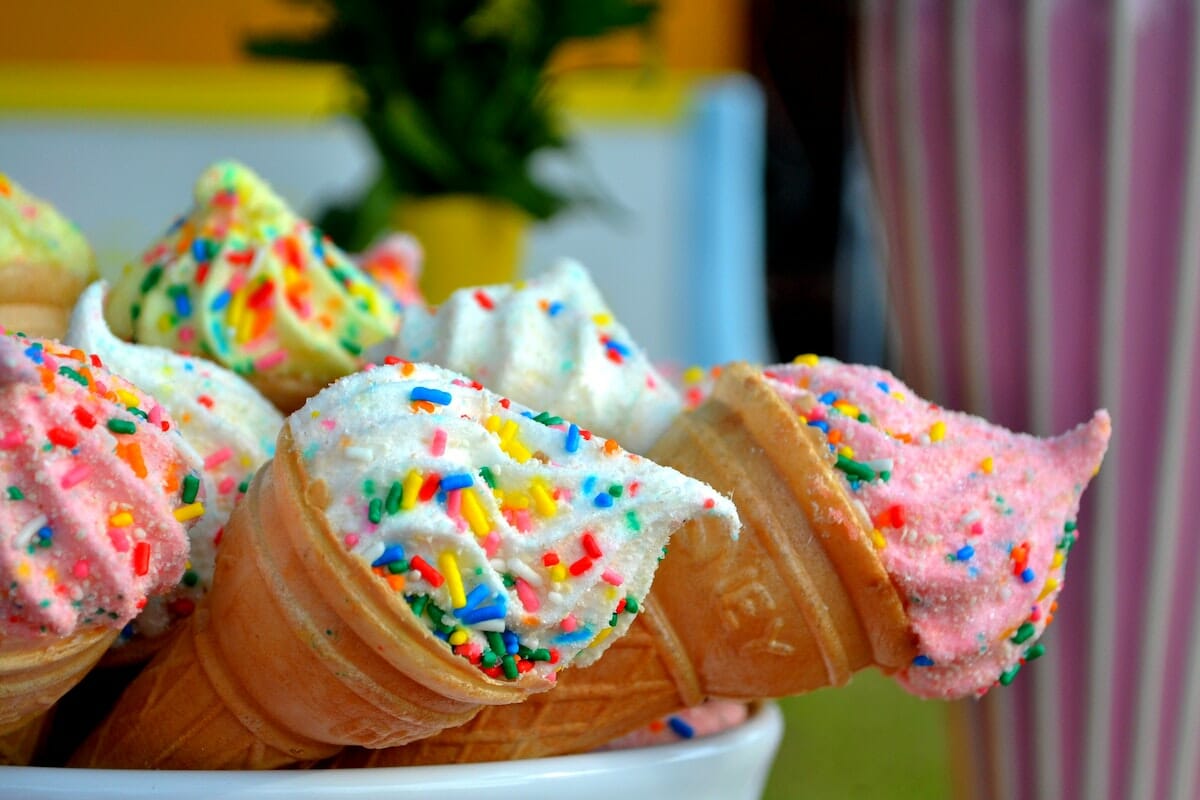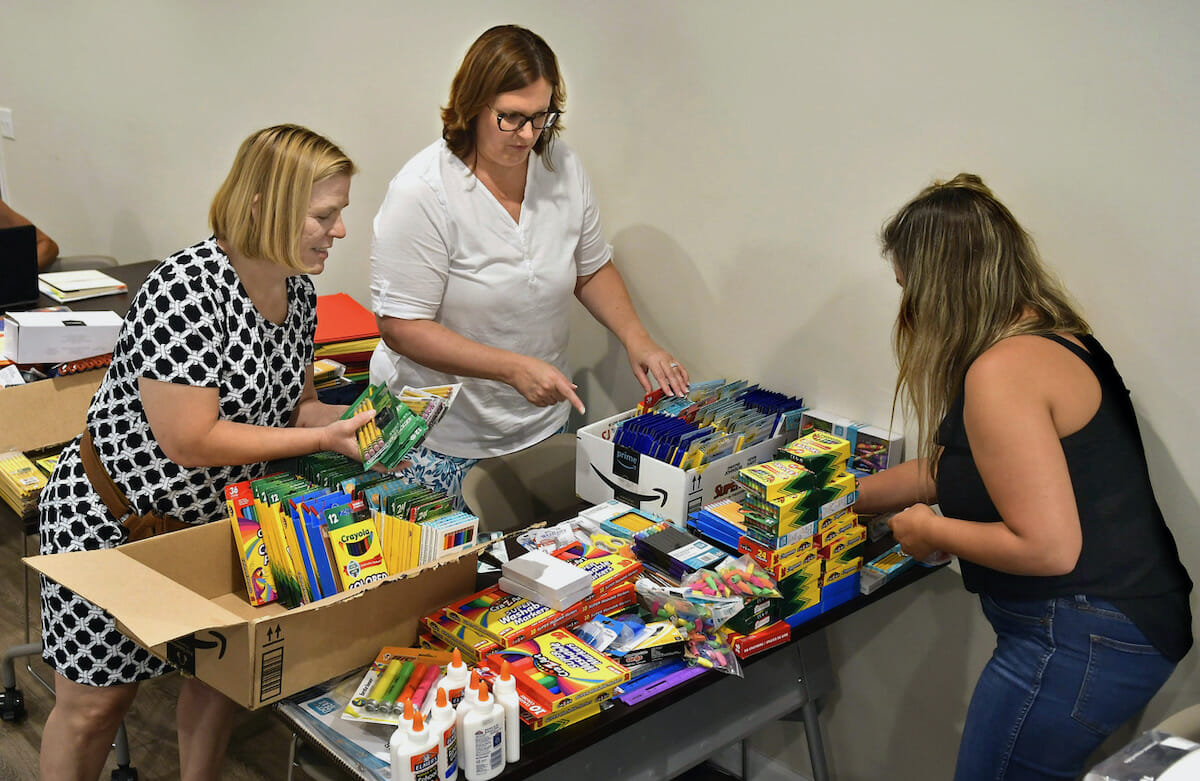Ice cream. It’s cold, delicious, and sometimes painful.
Have you ever enjoyed a sip of an ice-cold milkshake or taken a bite of an ice cream cone only to get an instant blast of pain or headache that lasts a few seconds? You’re not alone.
“That’s commonly called a ‘brain freeze’ or an ‘ice cream headache,’ and, us doctors, we call that a ‘cold-stimulus headache,'” says . Dr. Amaal Starling, a neurologist at Mayo Clinic.
Ingesting cold substances, like ice cream, too fast causes the size of the blood vessels to change rapidly.
“There are blood vessels that are inside the mouth in the back of the throat,” says Dr. Starling. “And then when they are rapidly exposed to something very cold, they constrict or become smaller. And then they become larger. And when those blood vessels rapidly change size like that, it activates the pain receptors.”
These blasts of pain can be intense but they typically last only a few seconds and aren’t dangerous. The best way to avoid an ice cream headache is trigger avoidance.
If you’re drinking something that’s cold — like a chocolate milkshake — Dr. Starling says just drink it with a smaller straw and drink it nice and slow.
Source: Mayo Clinic News Network
Ice cream brain freeze, it’s a real thing
Ice cream. It’s cold, delicious, and sometimes painful.
Have you ever enjoyed a sip of an ice-cold milkshake or taken a bite of an ice cream cone only to get an instant blast of pain or headache that lasts a few seconds? You’re not alone.
“That’s commonly called a ‘brain freeze’ or an ‘ice cream headache,’ and, us doctors, we call that a ‘cold-stimulus headache,'” says . Dr. Amaal Starling, a neurologist at Mayo Clinic.
Ingesting cold substances, like ice cream, too fast causes the size of the blood vessels to change rapidly.
“There are blood vessels that are inside the mouth in the back of the throat,” says Dr. Starling. “And then when they are rapidly exposed to something very cold, they constrict or become smaller. And then they become larger. And when those blood vessels rapidly change size like that, it activates the pain receptors.”
These blasts of pain can be intense but they typically last only a few seconds and aren’t dangerous. The best way to avoid an ice cream headache is trigger avoidance.
If you’re drinking something that’s cold — like a chocolate milkshake — Dr. Starling says just drink it with a smaller straw and drink it nice and slow.
Source: Mayo Clinic News Network












